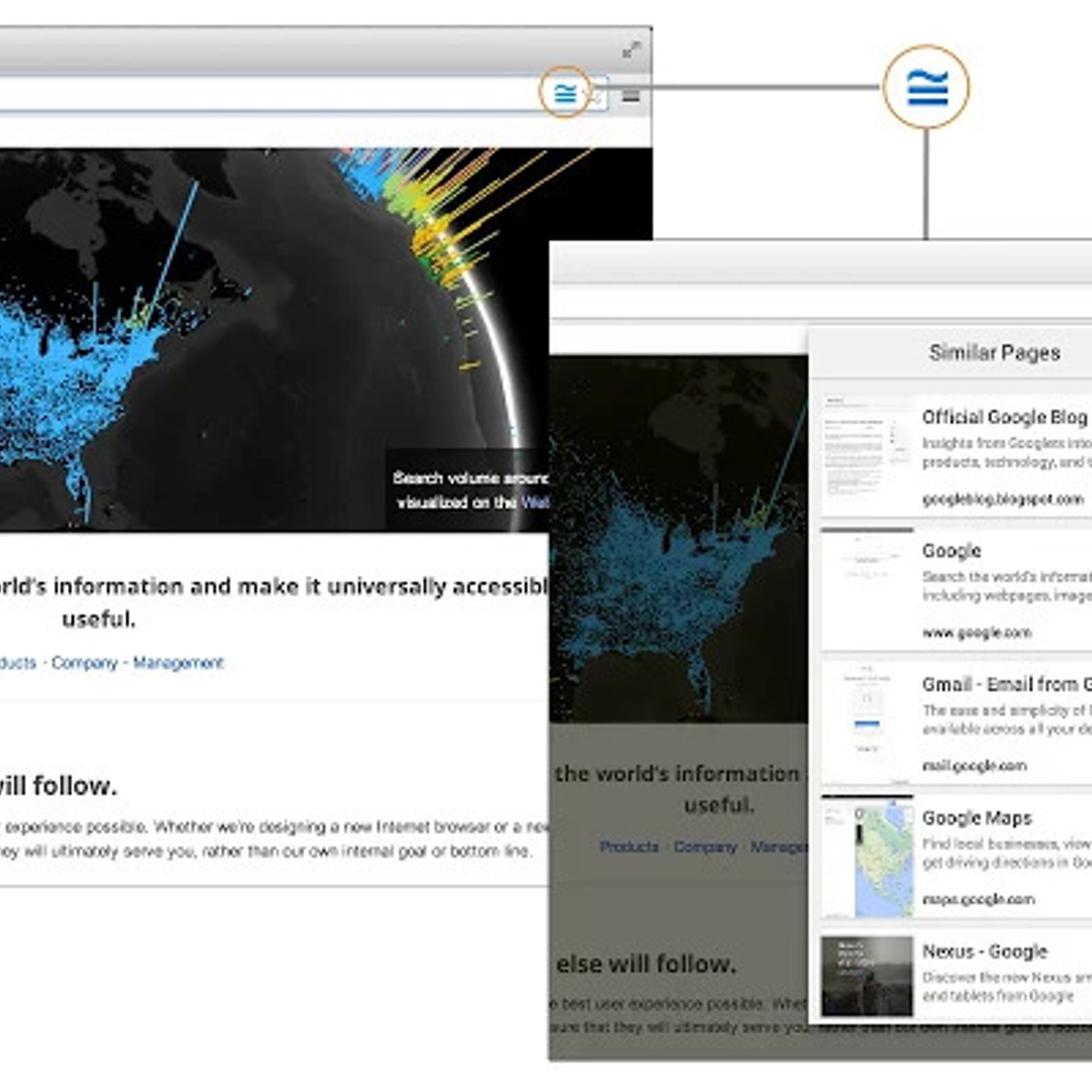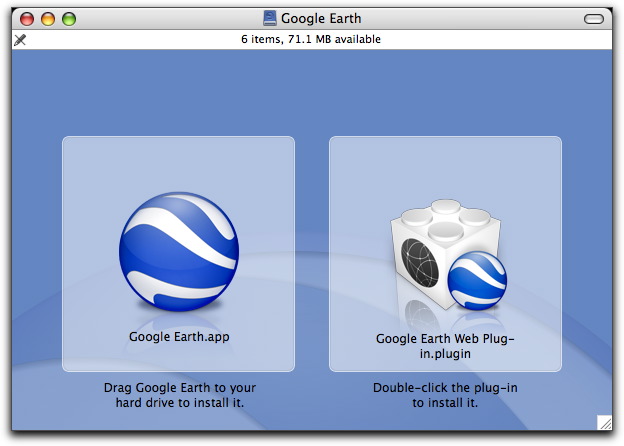- NASA World Wind is the best alternative of Google earth so far. It;s an leading space research agency, so there is nothing to doubt that it will not be good. It is popular also because it JAVA based Software Development Kit, mainly targeting Android developers who can use its images for application development.
- It is not the program (Google Earth or Virtual Earth) but the data that causes the issues you describe. The data that both serve are actually very good data. Some of the data is down to 1-meter resolution, and may even be better in some places. Both make use of aerial photography (flown by states, counties, cities) as well as satellite data.
Last Friday, Google made an announcement that they plan to “retire” the Google Earth Community (GEC) forums starting May 1st. Google wants to continue managing the Google Earth product help forums, but let the community migrate to something new. So, at the same time, Google is supporting the announcement of a new Google Earth Community run by the same group of volunteer Google Earth enthusiasts who have been instrumental in its creation and popularity during the past 10+ years (see below for more explanation). The new forum software is much more like the original GEC community (when the GEC was most popular) and will have some key technical advantages which were limiting the community’s effectiveness in the past. I especially like the part in the Google announcement where they say: “…we look forward to sharing new and exciting updates to Google Earth with you in the future.”
Google Earth is undoubtedly a very impressive application, and it is extremely hard not to admire the wealth of features that it offers. Its satellite images are unrivaled, it provides useful and accurate statistical information, and the software has many practical benefits, such as helping to find locations and give driving directions.
Google’s announcement really isn’t about closing down the Google Earth Community. Google intends to keep the existing posts (and KML content) available in read-only format so people can see the content, and the GEC layer will still be viewed in GE. This also means that hopefully the countless links to interesting stories on the GEC will stay preserved. This change in the community is really a decision that should have happened sooner.

Years ago, the GEC had become a source of data for Google Earth. Early in Google Earth’s history database connections between the forum and Google Earth were created. One was a decision to allow anyone to make a post in GEC from within Google Earth. Another, is a layer that allows notable placemarks by the community to be shown in a GEC layer in Google Earth (see layer in GE called: “Gallery->Google Earth Community”). When the GEC reached its max in popularity, it outgrew previous forum software, Google engineers thought they could do better. They took product support forum software and attempted to “enhance” it to make it into a community support forum with features of the previous GEC. But, it didn’t work as they hoped. The same feeling of a community just wasn’t there. It wasn’t long after the transition that many enthusiasts of the forum started leaving – or at least they didn’t stay and linger on a regular basis like before. And the GEC has continued to dwindle in activity ever since.

Moving back to a community forum platform, with many of the original enthusiasts, may actualy reinvigorate the GEC. I spent time this weekend with the new GEC and it feels much more like the older better platform, and the older better community. Many of the people who were part of the older community are already enthusiastically posting some of their favorite old stories, and significant new content is being added as well. I think it is off to a great start, and I hope the new forum will for a while avoid the influx of random people who have no conception of a community forum, or real enthusiasm for the information for which the GEC was created. And, now the lack of ties to the database between the GEC and Google Earth will take the pressure off in ways that, in my opinion, will actually improve the quality of the community.
For those of you who really like Google Earth, and perhaps were fans of the older GEC, I suggest you give the new Google Earth Community a try. I think it will be better. Google Earth has exponentially more data than ever before, and the opportunity to discover and share things is far greater today than ever in the past. Even though the product hasn’t seen new features, it is still getting better because of the data. This new forum will show people things they never dreamed could be found, and learn things about people and places they never knew.
And, maybe the new GEC can put their heads together and help convince Google to breathe new life into Google Earth. There’s a lot that can be done to make the product better. Sometimes the users of a product have to force a company realize the true value of what they have and do something about it. I, for one, am not giving up on Google to keep Google Earth going. It’s a product that is far better than Google Maps in many ways, and its technology could be evolved into new and exciting directions that could become even more useful to the world at large.
Meanwhile, the Google Earth Blog will continue to share some of the better stories from the new GEC whenever possible and encourage enthusiasts to join the new Google Earth Community.
Similar Google Earth Programs Free
I’ve written some more background information about the Google Earth Community for those who want to know more. See below:
Google Earth Program

Background on the Google Earth Community
When Google Earth was first released (2005), it already had a strong core of people who were enthusiasts. This is because Google Earth was an application that came from a product called Keyhole that Google bought in the previous year (2004). These Keyhole enthusiasts had already formed an online forum where they shared things they discovered in the imagery of the Earth. It wasn’t just about finding your house to these people, they would find significant historical sites and tell the story about the history. Or point out how the imagery captured an airplane in flight and identify what type of planes, and then categorize all the planes found. There’s a whole world of information out there and these people enjoyed knowing and sharing more about the places they found. One of the best things about Google buying Keyhole and making Google Earth was Google also greatly increased the amount of data. Now these enthusiasts had far more places to discover and write about.

One of the smartest things Google did when they first released Google Earth was to also welcome this community of enthusiasts and supported them while Google offered the forum to the much wider community of users who downloaded Google Earth. In the matter of just a couple of years, the number of registered forum members went from a few thousand, to over a million! And, the amount of in-depth and interesting content about our planet revealed through all this new data similarly grew exponentially. Some of the core enthusiasts became “moderators” of the forums with administrator priveledges allowing them to curate the stories that people shared in the forums to make sure they were properly categorized, appropriate material, and to enhance the quality of the data whenever possible. The job was enormous, and few people have a real appreciation of just how hard the job was to moderate content from so many people. Many people would share data that was simply wrong, non-sensical, or worse, malicious. The moderators have done an amazing job of reducing the influx of poor information while highlighting the useful and interesting contributions, and often enhancing it.

Google Earth Street View
When Google Earth Blog started shortly after the release of Google Earth in 2005, many of our stories were based on content first posted in the GEC. And that has continued ever since. The moderators have not only provided pointers to useful stories, but they also often create very interesting Google Earth-based content themselves and many have been featured in the blog as well.
The Google Earth Community moderators worked tirelessly for years (and many still do) on a volunteer basis with a very noble goal of not only providing quality information, but trying to maintain a quality community of people who enjoyed sharing knowledge, about the data found in Google Earth, and enthusiasm. Google again did a smart thing and recognized the value of these people and supported annual face to face meetings for the moderators, who worked from many parts of the world, so they could recognize their efforts, and provide a means for them to work better together to keep the forum and Google Earth running effectively.
The bond between some of the moderators and other enthusiasts has been strong. Many have developed lifelong friendships because of the community. And, as usually happens in a community, there have been friendships broken, and friends lost. And, I imagine the deterioration of the community has not been a pleasant experience. I sure hope that the new GEC will generate some new excitement and I’m sure there will be new and interesting content and community members. Here’s hoping the new GEC will last a long time – along with Google Earth.
About Frank Taylor
Frank Taylor started the Google Earth Blog in July, 2005 shortly after Google Earth was first released. He has worked with 3D computer graphics and VR for many years and was very impressed with this exciting product. Frank completed a 5.5 year circumnavigation of the earth by sailboat in June 2015 which you can read about at Tahina Expedition, and is a licensed pilot, backpacker, diver, and photographer.
